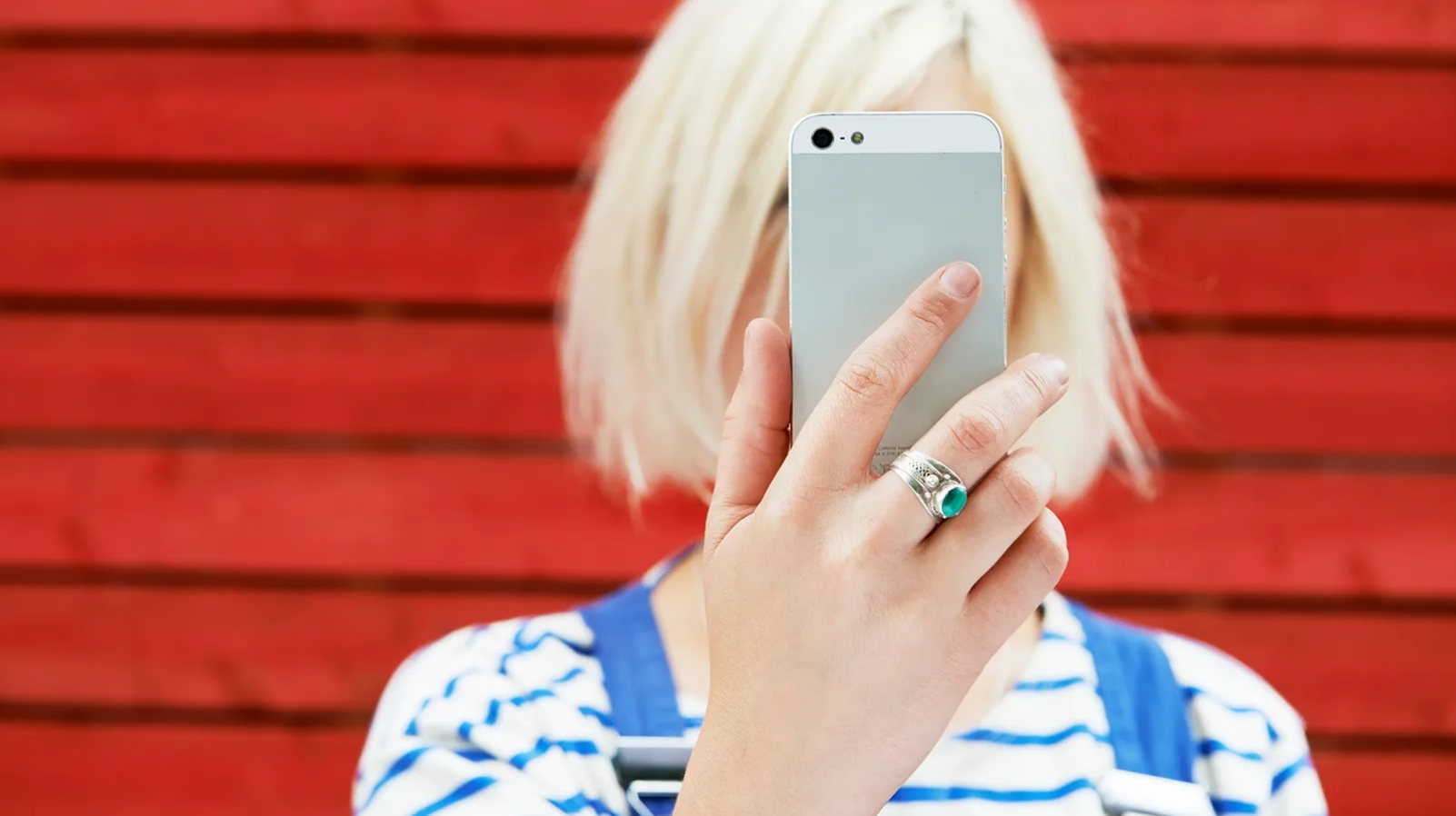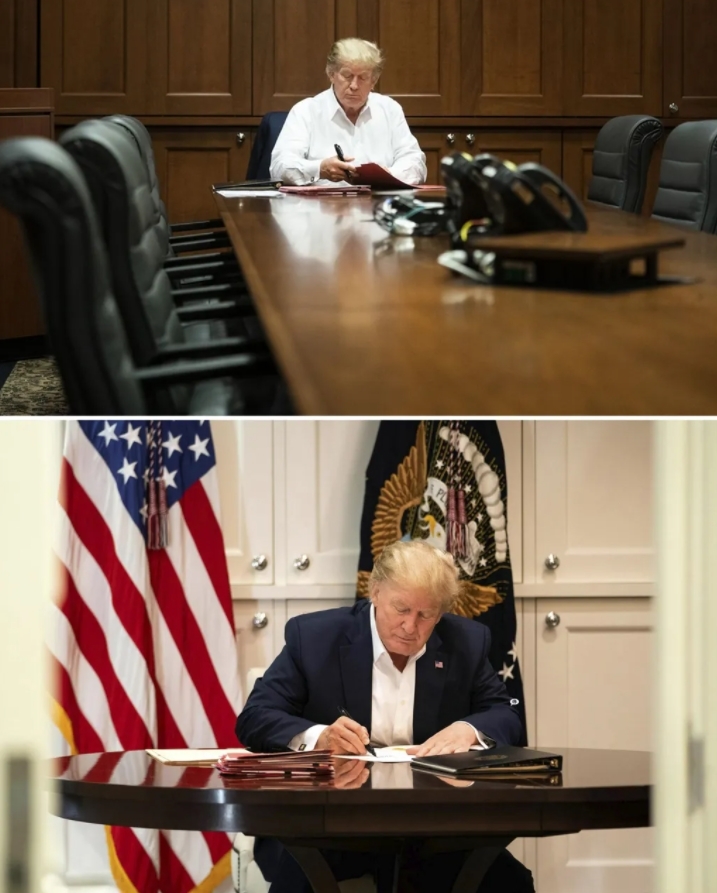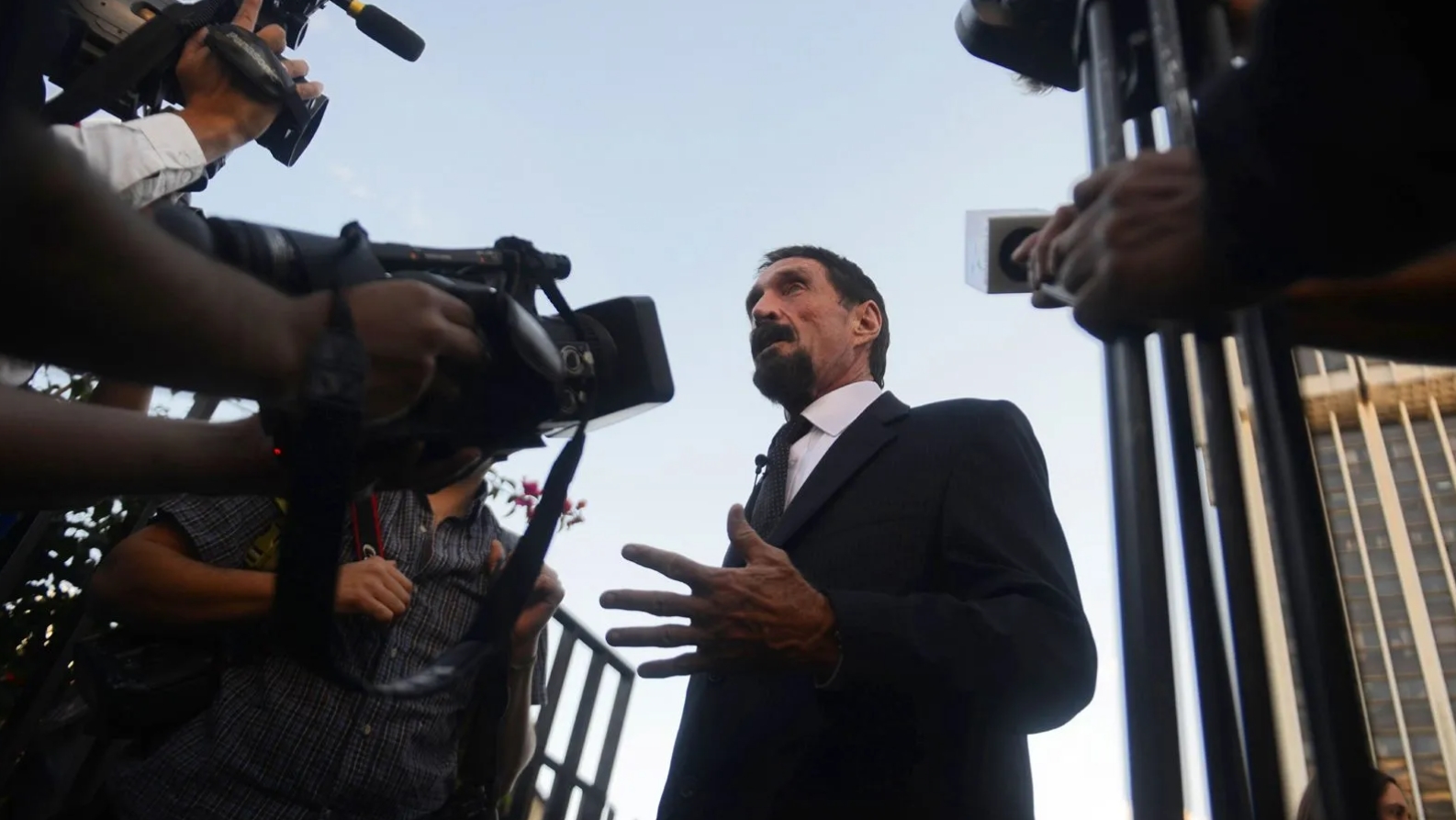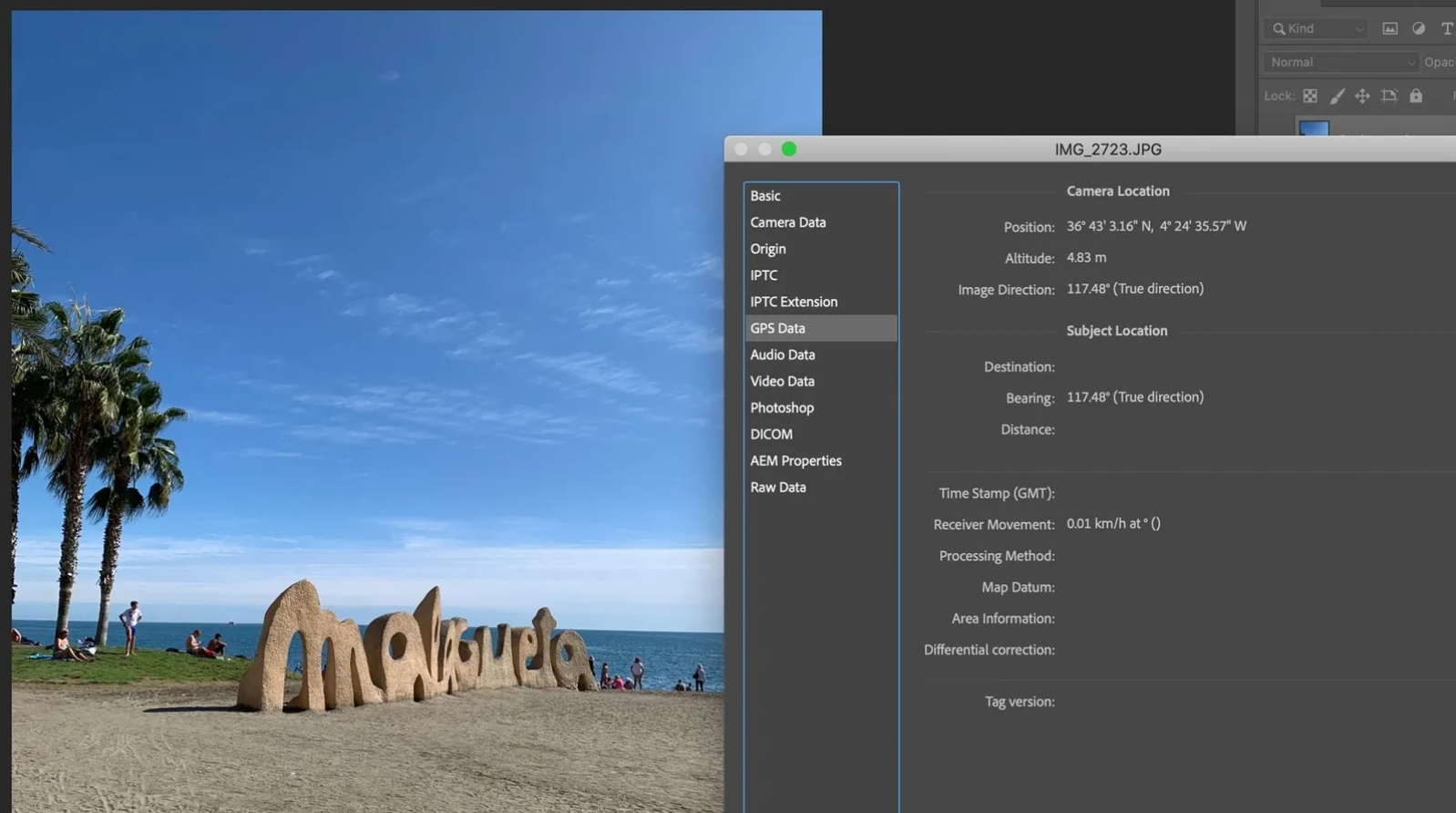Welcome to DU!
The truly grassroots left-of-center political community where regular people, not algorithms, drive the discussions and set the standards.
Join the community:
Create a free account
Support DU (and get rid of ads!):
Become a Star Member
Latest Breaking News
General Discussion
The DU Lounge
All Forums
Issue Forums
Culture Forums
Alliance Forums
Region Forums
Support Forums
Help & Search
General Discussion
Related: Editorials & Other Articles, Issue Forums, Alliance Forums, Region ForumsBBC: The hidden fingerprint inside your photos
They say a picture is worth a thousand words. Actually, there's a great deal more hidden inside the modern digital image, says researcher Jerone Andrews.https://www.bbc.com/future/article/20210324-the-hidden-fingerprint-inside-your-photos

On 3 October 2020, the White House published two photographs of Donald Trump, signing papers and reading briefings. The day before, Trump had announced he had caught the coronavirus and these photos were apparently released to show that he was in rude health. His daughter Ivanka tweeted one of the photos with the caption: "Nothing can stop him working for the American people. RELENTLESS!" But keen-eyed observers noticed something unusual.

The photos were taken in two different rooms in Walter Reed National Military Medical Center. In one Trump wears a jacket, in the other just a shirt. Coupled with public statements about his positive health and work ethic, the implication was that he had been handling his presidential duties all day, despite his illness. The photo timestamps, however, said otherwise. The images were taken 10 minutes apart. Of course, there are other possible explanations for why they were shot so closely together. Perhaps the photographer only had access for 10 minutes, and maybe Trump always intended to switch rooms during that window. However, the White House can't have been happy that people noticed the timestamps. It led news outlets and commentators to talk about whether the images were staged for a photoshoot to project a political message, and to question whether Trump really was working so "relentlessly" after all.
It's not the only time hidden information inside a digital photo has led to unintended consequences. Just ask John McAfee, founder of the eponymous antivirus software. In 2012, he was on the run from the Belizean authorities in Central America. Reporters from Vice magazine tracked him down and published an image of him online, under the headline "We Are With John McAfee Right Now, Suckers". Yet without them realising, location data embedded in the photo inadvertently revealed that McAfee was in Guatemala. He was soon found, and detained. These are just two examples of how hidden information inside digital photos can reveal much more than the photographers and their subjects bargained for. Could your own photos be sharing more details with the world than you realise too?

When you take a photo, your smartphone or digital camera stores "metadata" within the image file. This automatically and parasitically burrows itself into every photo you take. It is data about data, providing identifying information such as when and where an image was captured, and what type of camera was used. It is not impossible to expunge metadata, using freely available tools such as ExifTool. But many people don't even realise the data is there, let alone how it might be used, so they don't bother to do anything about it before they post images online. Some social media platforms remove information like geolocation (though only from public view), but many other websites do not. This lack of awareness has proven useful for police investigators, to help them place unwitting criminals at a scene. But it also poses a privacy problem for law-abiding citizens if the authorities can track their activities through images on their camera and social media. And unfortunately, savvy criminals can use the same tricks as the police: if they can discover where and when a photo was taken, it can leave you vulnerable to crimes such as burglary or stalking.

snip
InfoView thread info, including edit history
TrashPut this thread in your Trash Can (My DU » Trash Can)
BookmarkAdd this thread to your Bookmarks (My DU » Bookmarks)
0 replies, 1129 views
ShareGet links to this post and/or share on social media
AlertAlert this post for a rule violation
PowersThere are no powers you can use on this post
EditCannot edit other people's posts
ReplyReply to this post
EditCannot edit other people's posts
Rec (4)
ReplyReply to this post